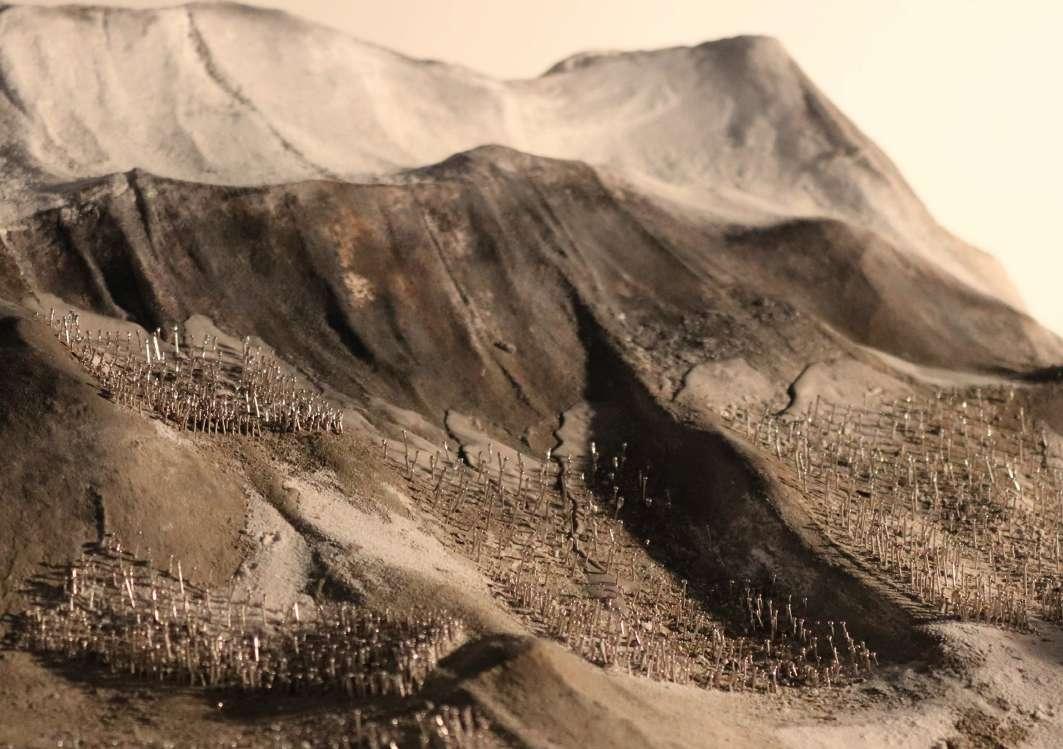
1 minute read
THE AFTERLIFE OF THE DAM
Antonia Headlam-Morley
Thomas Woodcock
Lac du Salanfe and the Dents du Midi mountain range, Valais Canton, south west Switzerland
Thesis:
The hydroelectric energy produced from the Salanfe Dam services the equivalent of 30,000 households a year; but its future is uncertain. Loose sediments, sliding down from the slopes of the Dents du Midi mountain range in the south west of Switzerland are accumulating in the reservoir, decreasing its volume and in turn the reliability of hydroelectric power. This thesis aims to find a method of ensuring the capacity of the lake, preserving the functioning capability of the Miéville power station, as well as creating stable ground which supports vegetation and growth in the future.
Working with this fragile terrain, the landscape intervention strategy proposed in this thesis details how an implementation of wooden poles could provide a framework for sediments to accumulate, densify and stabilise the hillside. The system of poles act as scaffolding for the new landscape, becoming increasingly hidden by the layers of accumulating earth.
The project aims to design an architectural presence which facilitates the creation of these landscape grids. The principles dealt with when designing the interventions, those of time, purpose and evolution in design prompted the development of an architectural language which questions how an inhabitable place can become habitable for a finite time. The thesis asks how one can design a building which facilitates the creation of these interventions, a necessary step in order to stop the reservoir from filling with sediments, without leaving a mark itself.
Through these gestures, the thesis seeks to ensure the afterlife of the dam.
Thomas
Kyoto, Japan










